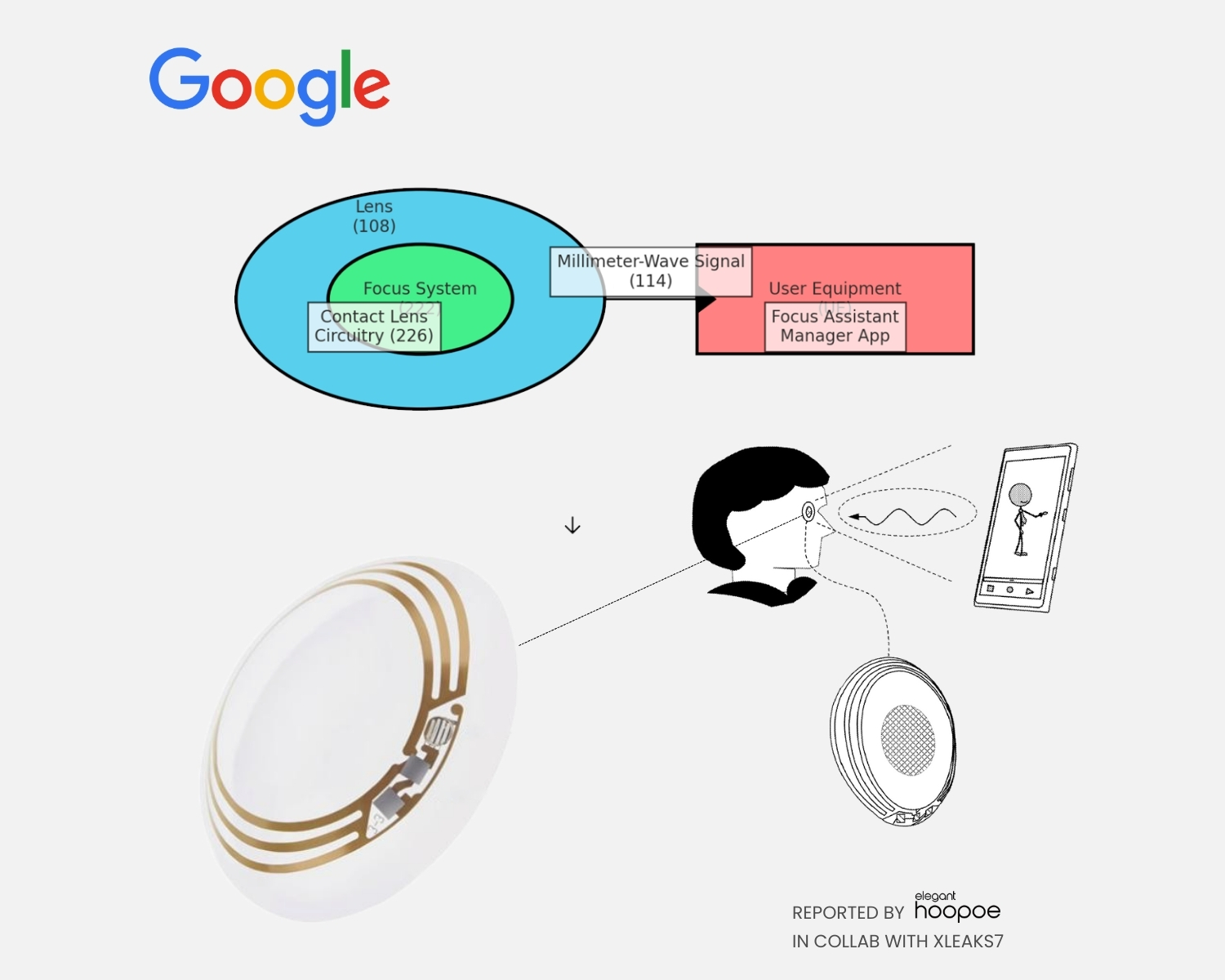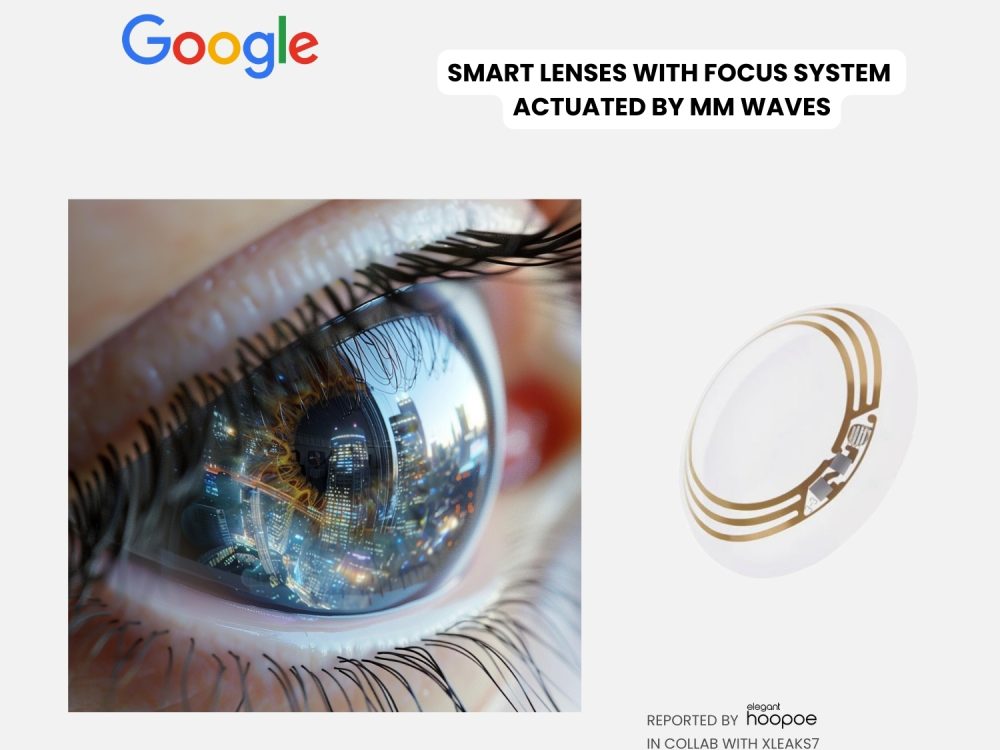How Do Google Smart Lenses Work and What Are Their Benefits?
Google Smart Lenses use millimeter-wave technology to dynamically adjust focus, enhancing vision for users with myopia or presbyopia. Key features include:
- Gaze Detection & Focus Adjustment – Tracks eye movement to optimize clarity at different distances.
- Wireless Communication – Syncs with smartphones for real-time adjustments.
- Stored User Data – Saves prescription details for personalized correction.
- Battery-Free Operation – Can function passively using electromagnetic waves.
These innovations make Google Smart Lenses a game-changer for vision correction.
In 2014, Google partnered with Novartis to develop smart contact lenses that measure blood sugar levels in tears.
This could ease the lives of hundreds of millions of people suffering from diabetes, people who have to prick their fingers multiple times per day to get their glucose levels.
However, the project was closed in 2018 without making any sufficient success in this field.
Thanks to our collaboration with David from xleaks7, we spotted Google’s PATENT justifying that the tech-giant has been continuously working on developing smart lenses that solve different problems.
More details below.
 Smart lens actuated by mm waves | Image: Elegant Hoopoe
Smart lens actuated by mm waves | Image: Elegant Hoopoe
The Problem the Patent Tries to Solve
The patent addresses the problem of adjusting the focal point of smart contact lenses in real-time to enhance vision for users, particularly for those with vision impairments like presbyopia and myopia.
Traditional contact lenses lack dynamic focusing capabilities and can be triggered unintentionally by bright lights or may be inconsistent, making it challenging for users to view objects at varying distances clearly.
The patent describes a system that uses millimeter electromagnetic waves to detect a user’s gaze and actuate the focus system of a smart contact lens.
The system includes user equipment (such as a smartphone) and the Google smart contact lenses, which communicate wirelessly to adjust the lens‘s focus based on the user’s visual needs.
Benefits of Google Smart Contact Lenses
- Enhanced Vision Correction: Dynamically adjusts focus to accommodate various distances, improving vision for users with conditions like presbyopia and myopia
- Integration with Existing Devices: Utilizes hardware already present in modern devices like smartphones, eliminating the need for additional equipment
- Accurate Focus Adjustment: Reduces the risk of accidental focus changes through precise control using millimeter waves
- Can work without battery: The contact lens circuitry can be either passive, harnessing energy from electromagnetic waves, or active, using a battery
 mm waves adjust focus for myopia and presbyopia | Image: Elegant Hoopoe
mm waves adjust focus for myopia and presbyopia | Image: Elegant Hoopoe
Key Points: Google Smart Contact Lenses
- Gaze Detection and Focus Actuation: The patent involves detecting a user’s gaze and using millimeter electromagnetic waves to control the focus system of a smart contact lens
- Components of the System: The system includes a smart contact lens with transceiver, logic, and memory circuitry, and user equipment (UE) with millimeter-wave compatible wireless-communication hardware
- Stored User Data: The lens can store information about the user’s eyesight, such as prescription details and any medical conditions affecting vision
- Focus Manager Application: The contact lens has a focus manager application stored in its memory, which directs focus adjustments based on received signal
- User Equipment (UE): The UE (e.g., smartphone) has a complementary focus assistant manager application that works with the contact lens to optimize focus
- Google Smart Contact Lens Design: The contact lens includes mechanisms like saline-filled or polymer gel bladders to change the focal point when stimulated electrically or magnetically
- Data Exchange: Parameters for optimal focus adjustment are exchanged between the UE and the contact lens, ensuring the system adapts to the user’s needs and the lens‘s capabilities
NOTE TO EDITORS: The text and visuals of this article are the intellectual property of Elegant Hoopoe. If you want to share the content, please give a proper clickable credit. Thanks for understanding.






